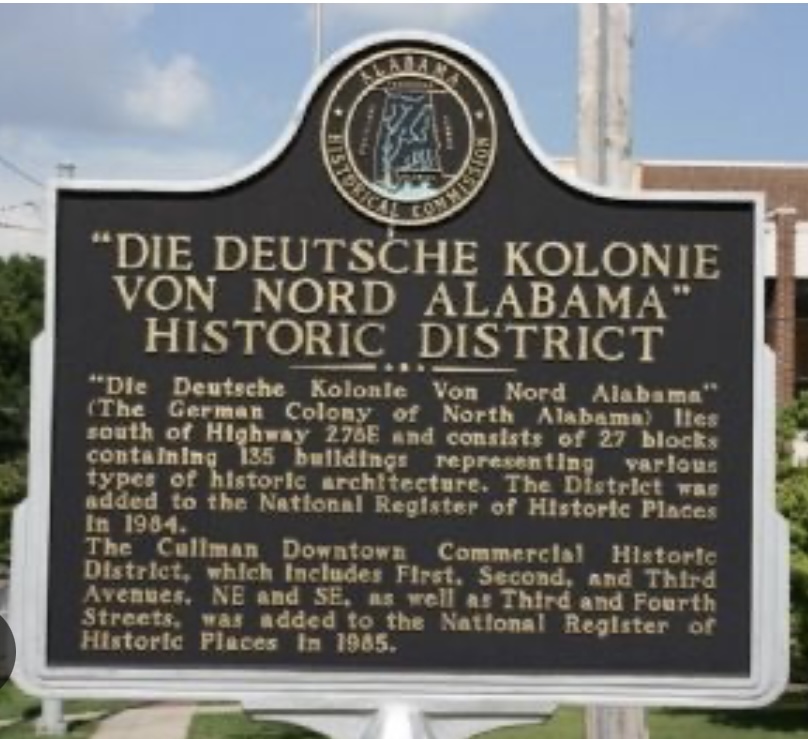
The Cullman Historic District consists of twenty-seven blocks lying east of the Louisville and Nashville railway tracks and southeast of the central business district of Cullman. The district covers 89 acres and was placed on the National Register of Historic Places in 1984.The railway lines which serve as the western boundary, were sunken below the street grid in 1910-1914 with overpass bridges at several streets which connect the central business district and to HWY 31.
The district owes its existence to the L&N. The L&N recognized the need for the development of settlements. The company saw an opportunity in 1872 when John G. Cullman proposed to L&N the sale of land for the purpose of starting a German colony. L&N agreed and made available the 349,000 acres.
Architectural influence present in the district include Georgian Revival, Italian Romanesque, High Victorian Italianate, Colonial Revival, Jacobethan Revival, Bungalow, Classical Revival, Eastlake, plus several other styles. East Elementary School was built in 1936 with the help of the Work Progress Administration that was created by Franklin D. Roosevelt. Some of the finest examples of design quality are from the period from about 1880-1930.


 Facebook
Facebook
 X
X
 Pinterest
Pinterest
 Copy Link
Copy Link

